When you’re working with microphones, the type that you choose and how you handle and position them can make a real difference to your live audio or recording results.
And there’s one feature in particular—the polar pattern—that plays an important role in how microphones pick up and record sounds.
There are several types of polar patterns available in popular brands of microphones today, and among them, the omnidirectional type is a versatile choice.
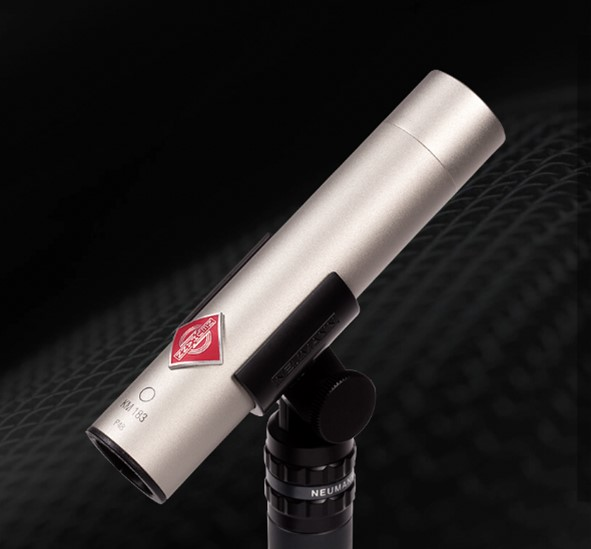
Depending on where you want to pick up sounds from, omnidirectional microphones are ideal for a range of situations.
They’re great for capturing the ambiance of a musical concert, for instance, and they’re widely used in interview and broadcast settings.
So, if you’re looking for the best microphones for podcasting, lavalier microphones, or field recording microphones, then an omnidirectional microphone may be just the type that you need.
In this post, we’ll explain what an omnidirectional microphone is, how it works, its pros and cons, and when to use one.
Omnidirectional microphones get their name from the 360-degree, all-around polar pattern that they use.

This allows them to pick up sound coming from all directions around the microphone’s capsule (i.e., the part that responds to sounds).
If you’re using an omnidirectional microphone to record your voice, for instance, whether you’re in front of, behind, at the side of, or anywhere in the vicinity of the microphone, it will be able to pick up your voice.
This makes omnidirectional microphones useful in situations where you want to pick up and record sounds from any direction, such as during live performances when there are instruments located all around the microphone.
It’s less helpful, however, if you’re interviewing someone directly in front of you and don’t want to pick up any of the surrounding audio or background noise.
Omnidirectional microphones tend to be condenser mics rather than dynamic mics.

Condenser mics are more sensitive than dynamic mics and generally produce weaker signals, so they usually require a boost through phantom power.
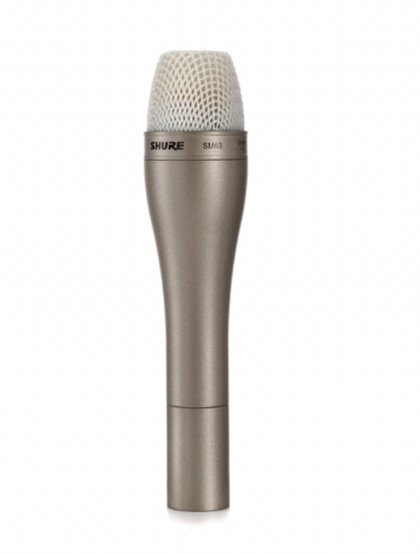
Given their sensitivity, condenser mics are preferred in controlled settings, for example in recording studios, whereas dynamic mics are more robust and are popular in live settings.
Omnidirectional dynamic mics can give you the benefits of both a robust mic and an omnidirectional polar pattern.
They’re useful in situations where your mic may be handled a lot but you want to pick up sound in more than one direction, for example in live interviews.
Dynamic mics are also generally less expensive than condenser mics, so they’re preferred in budget-conscious setups.
Microphone polar patterns—also referred to as microphone pickup patterns—describe the region in space around a microphone from where it picks up sound.
Choosing the right polar pattern for your mic is important. As world-class microphone manufacturer RODE puts it:
The common types of polar patterns are:
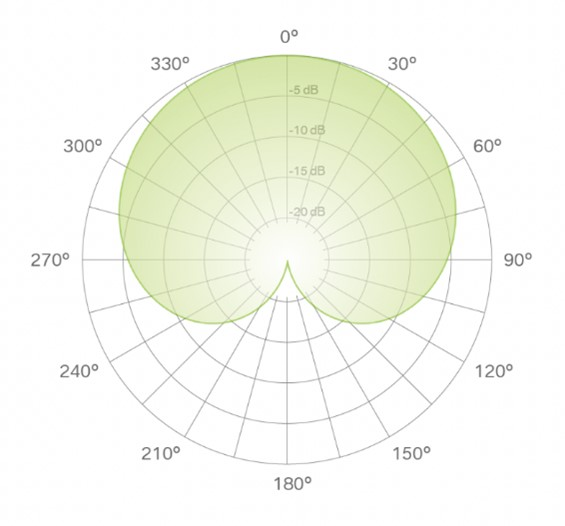
The cardioid is the most common type of polar pattern in microphones and is a unidirectional pattern.
It takes its name from the heart-shaped “cardioid” region around the front of the mic from where it picks up sound.
It’s good for use with sound sources directly in front of your mic, without picking up noise or sounds from the sides or rear.
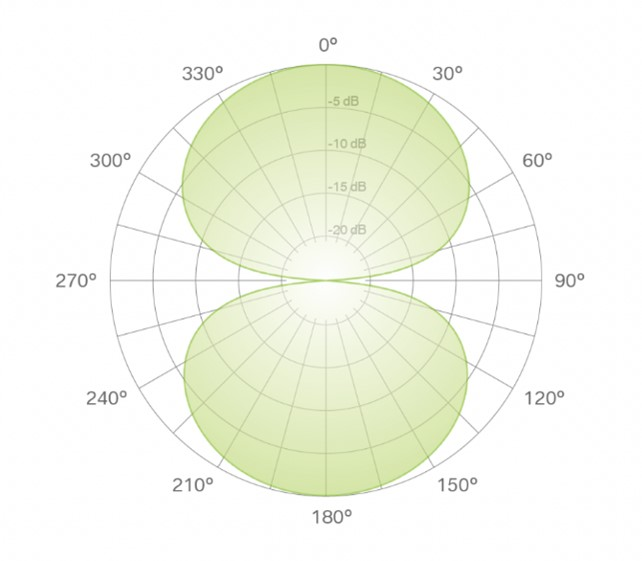
Figure-eight microphones pick up sound from the front and the rear of the mic, but not from its sides, in a pattern that looks like—as the name suggests—a figure-eight.
Not surprisingly, these are well suited for capturing sounds sourced from mostly the front of and behind the mic.
An example of this is an interview situation in which the mic is placed between the interviewer and the interviewee (provided the mic is positioned correctly so that the figure-eight polar pattern overlaps with where the voices are coming from).
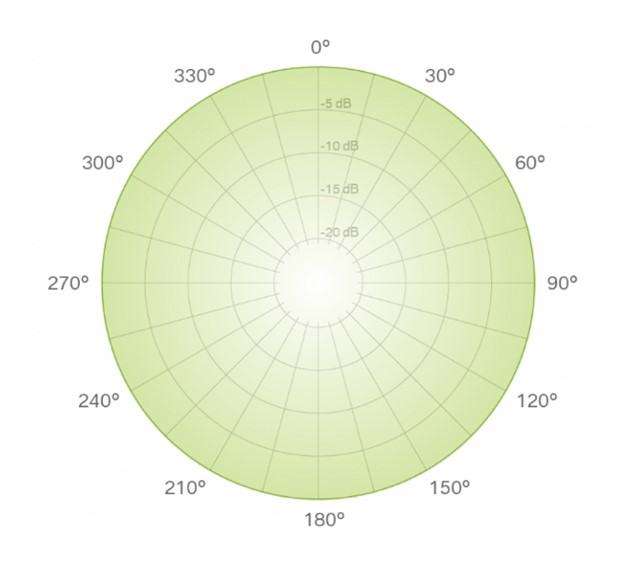
An omnidirectional mic picks up sound from all directions in a spherical region around the mic, i.e., it’s equally sensitive to sound coming from any direction.
The omnidirectional pattern is a versatile polar pattern that’s commonly used in lavalier and headset mics.
This means that the person wearing the lavalier or headset mic is free to move around and speak in different directions and the mic will still pick up their voice.
There are several other types of polar patterns as well.
Keep in mind, however, that the two most fundamental types are omnidirectional and figure-eight—other types of polar patterns are, strictly speaking, hybrids of these two.
Beyond its use in lavaliers and headsets, omnidirectional polar patterns are favored for high-fidelity music recording settings, such as when recording classical music in a controlled environment.
The omnidirectional pattern, however, can be challenging to work with in live settings, primarily due to the noise and reflections from speaker systems that can easily be picked up by this pattern.
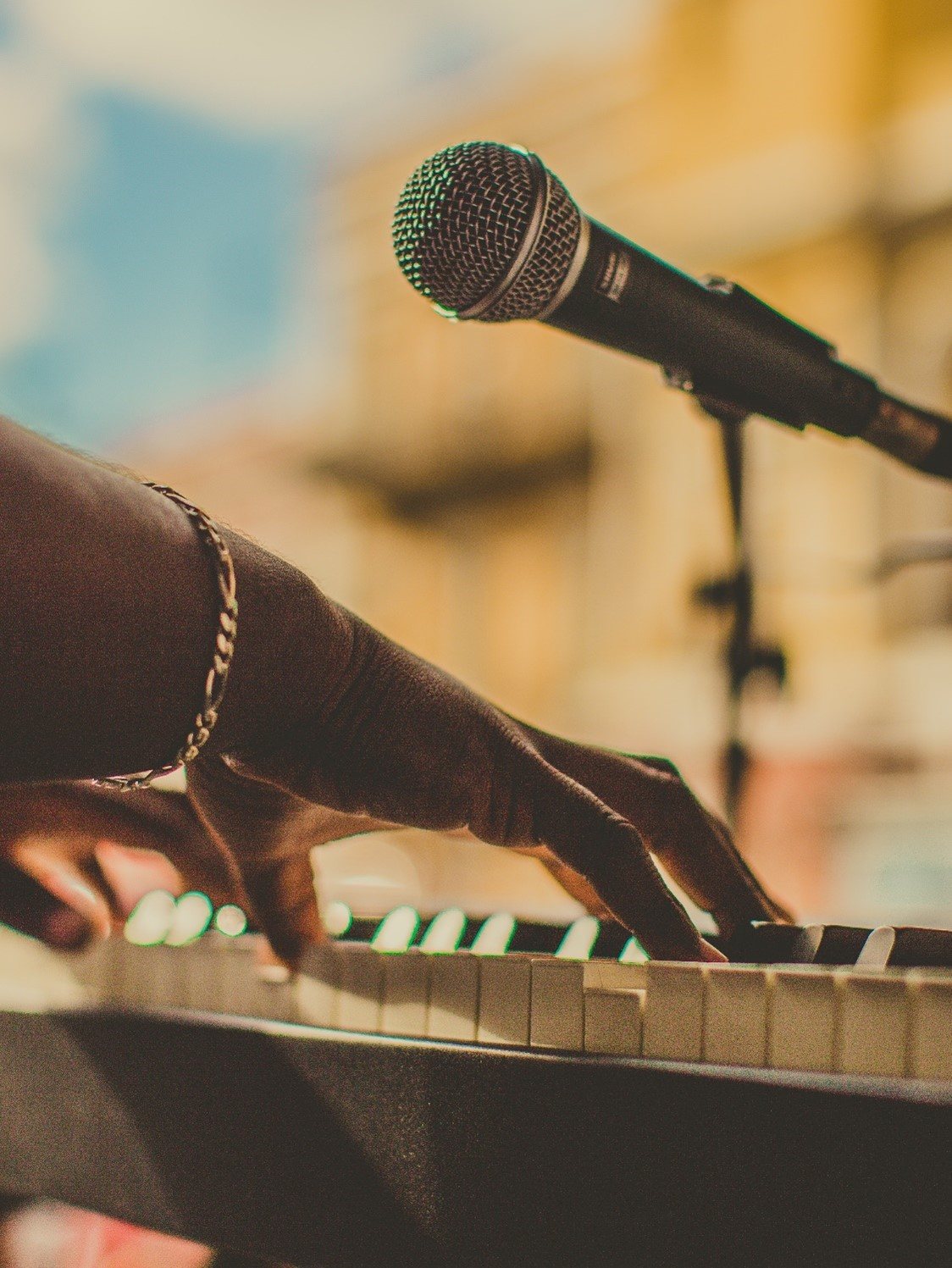
You can manage this, of course, by separating your mics and speakers, or by carefully positioning them relative to each other, but it’s not always easy to get right.
And even in relatively controlled settings, the omnidirectional pattern has its challenges as it’s easy for additional sounds (or “unwanted ambience”) to be picked up.
Again, to avoid this you’ll need to carefully position your mics relative to your sound sources.
The omnidirectional pattern, nevertheless, has its advantages. These include:
How an omnidirectional microphone works depends on how it’s constructed, i.e., whether it’s a condenser or a dynamic mic.
As most omnidirectional mics are condenser mics, let’s look at how a condenser mic works.
Condenser mics operate on the principle of electrical capacitance.
Their basic construction is:
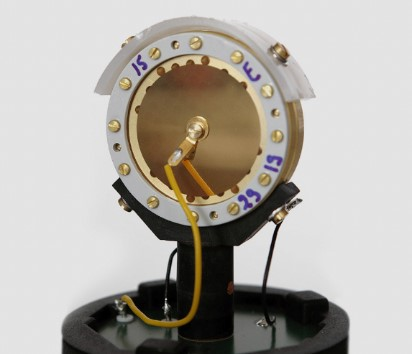
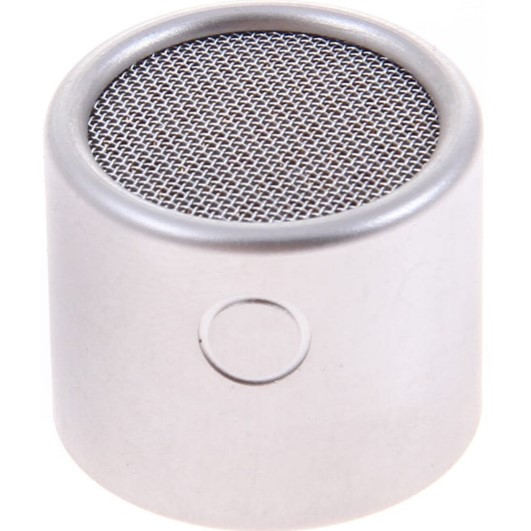
As it happens, the signals produced by condenser mics are very weak, so they usually require an external power source—phantom power—to boost the signals and make them robust enough for use with other audio (electronic) devices.
The lightweight diaphragm used in a condenser mic has a very low mass, so it can respond very faithfully, i.e., with high sensitivity, to the air pressure changes caused by sound waves.
This means that condenser mics offer excellent audio characteristics compared with dynamic mics, which are heavier and less responsive.
This includes:
These qualities are the reason that well-constructed condenser mics are often preferred in high-fidelity (or studio) environments.
They are less robust than dynamic mics, however, and require more care when you handle them.
When it comes to polar patterns, the way that a mic is constructed is what makes it an omnidirectional microphone rather than a unidirectional microphone.
The key lies in the type of capsule that the microphone has and the way that sound pressure waves affect the diaphragm in the capsule.
There are two basic types of capsules:
Omnidirectional microphone capsules are of the pressure type, i.e., only one side of the capsule—the side with the diaphragm—is open to air pressure.
The other side of the capsule has a fixed plate and is not open to the air, so it doesn’t vibrate.
(NB. there’s a small hole on the other side of an omnidirectional capsule as well, but it doesn’t affect how the microphone picks up sound).
Since air has the property of exerting pressure equally in all directions, sound pressure waves (in the air) coming from any direction will cause the diaphragm to vibrate.
So, the microphone responds to sound coming from any direction more or less equally, and this is what makes it omnidirectional.
Pressure gradient capsules, on the other hand, have both sides open to air pressure.
In pressure gradient capsules, the diaphragm responds to sound waves coming from one side and passing through to the other side, causing a tiny difference (gradient) in air pressure as this occurs.
This gradient varies according to the angle from which the sound is coming, making pressure gradient capsules directionally sensitive, i.e., unidirectional.
Although versatile, mics with an omnidirectional pattern have both advantages and disadvantages when compared with unidirectional mics.
Let’s look at some of these.
With these characteristics of omnidirectional microphones in mind, let’s look at some of their typical use cases.
An omnidirectional is ideal for musical performances when you want to record sounds coming from all directions, i.e., when you want to capture and record the ambience.
An orchestral concert is an example of this, when an omnidirectional mic is useful for capturing sounds coming from multiple instruments and in many directions, allowing you to record the ambience of the concert hall.
But more generally, an omnidirectional mic is the type to use whenever you want to capture ambience, for instance, in a studio when you want to record, say, an acoustic guitar, percussion, and background voices in a session that sounds better with ambience.
As mentioned, an omnidirectional doesn’t suffer from the proximity effect that a unidirectional microphone is susceptible to. This is because there’s only one side of the capsule open to air as opposed to both sides being open.
So, with an omnidirectional you can bring the mic nice and close to a source of sound without worrying about the build-up of “boominess”.
When recording an acoustic guitar, for instance, you can place the mic as close to the sound hole as you like without an excessive build-up of bass.
This is also useful when recording percussion, such as hand drums, congas, and bells—with an omnidirectional you’ll get a nice representation of these sounds.
Given its ability to record sounds coming from all directions, an omnidirectional microphone is useful in situations where you want to record sounds from two or more positions around the microphone at the same time.
An example of this would be a musical performance in which you want to record a band of instruments in front of the mic and, say, a choir singing behind it.
A single omnidirectional can do the job, provided that you’re comfortable with the surrounding sounds it may pick up.
If you’re a podcaster and only have a single microphone, then an omnidirectional mic is a versatile mic to have for interviewing guests.
While you could also use a figure-eight mic in this case, with an omnidirectional you have more flexibility in where you and your guest can sit.
You can also easily include a second guest sitting to the side of you and your first guest if you like, as an omnidirectional will pick up all of your voices.
Lavalier or lapel microphones tend to be omnidirectional mics.
This allows them to be positioned anywhere on a person and still pick up sounds from all around the mic.
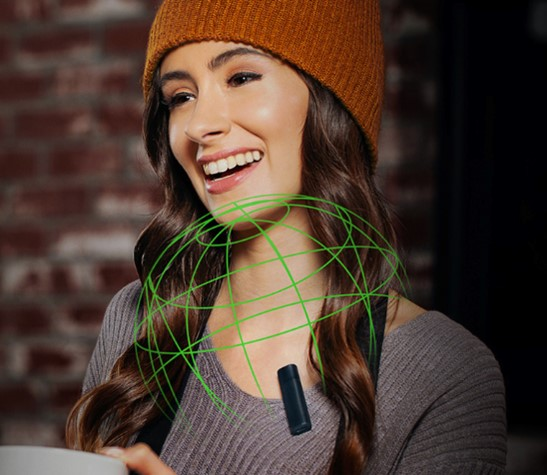
If this weren’t the case—if your lavalier mic had a unidirectional polar pattern, for instance—you would need to carefully position the mic and ensure it doesn’t move around too much relative to where the voice of the person wearing the mic is coming from.
Clearly, this would be difficult to manage.
An omnidirectional polar pattern is well-suited for situations when you want to capture the full array of sounds in the field, for instance in scientific research applications.
An example would be if you want to capture the sounds of wildlife calls in a natural setting but you don’t know when and where the calls will be coming.
Omnidirectional polar patterns are a great choice for these situations as they’re equally sensitive to picking up sounds from wherever they’re coming.
And omnidirectional microphones are particularly useful for expeditions in which you’re limited in what you can carry—having an omnidirectional is a versatile choice for capturing sounds in a variety of situations that you’ll encounter in the field.
Omnidirectional microphones feature a polar pattern that captures sounds from multiple directions.
This makes them ideal for situations when you want to capture ambience, pick up in-the-field sounds, or if you simply don’t know exactly where your sound source will be located.
They’re also useful in podcast or interview situations when you have two or more guests at the same time.
So, if you’re trying to choose between a unidirectional (cardioid), a figure-eight, or an omnidirectional pattern for your next mic, think about the situations in which you’ll be using the mic—an omnidirectional microphone may be just what you need.